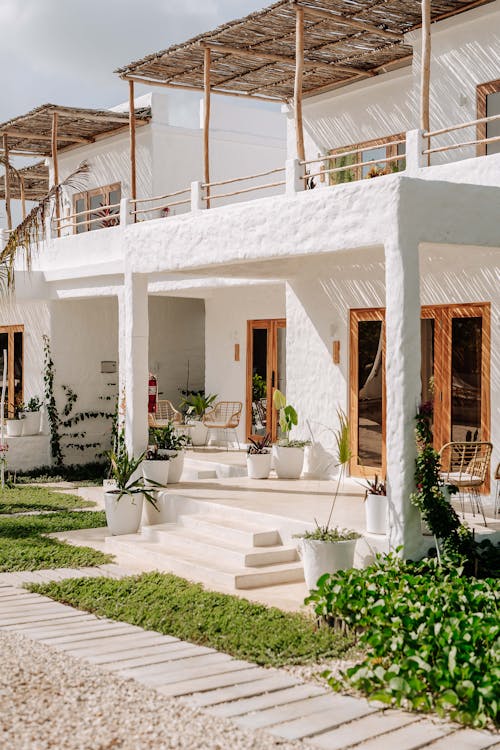6 Smart Tips For Renovating Your Home On A Budget, According To Designers
Three Ways To Save Big Keep Existing Infrastructure One of the biggest ways to cut costs when renovating a house is to try to maintain as much of the infrastructure as possible. This starts with your purchasing decision—especially if you’re looking at fixer-uppers. “My biggest piece of advice would be to purchase a home with as many of your desired key infrastructure items already in place,” says Harris. “It's a lot more expensive to add a bedroom and bathroom by increasing the overall footprint of the home than to work within the existing footprint. It's even better if you can keep major spaces like bathrooms in their existing locations within that footprint.” If rethinking how you live in an existing home, consider ways to reduce adding on. “Reusing existing architectural elements can also reduce cost while being a more sustainable practice. Anything you can do to avoid adding onto a house because structural things require more trades, more expertise which means more money,” says H
When it comes to any home renovation project, it’s important to decide from the get-go how you plan to use your money. You might be surprised though to find how much you can do on a smaller budget beyond just a fresh coat of paint (though paint can go a long way too). From making changes to help a room function better to repurposing existing materials, these budget-friendly, designer-approved tips will help you make the most of your home remodel.
Three Ways To Save Big
Keep Existing Infrastructure
One of the biggest ways to cut costs when renovating a house is to try to maintain as much of the infrastructure as possible. This starts with your purchasing decision—especially if you’re looking at fixer-uppers. “My biggest piece of advice would be to purchase a home with as many of your desired key infrastructure items already in place,” says Harris. “It's a lot more expensive to add a bedroom and bathroom by increasing the overall footprint of the home than to work within the existing footprint. It's even better if you can keep major spaces like bathrooms in their existing locations within that footprint.”
If rethinking how you live in an existing home, consider ways to reduce adding on. “Reusing existing architectural elements can also reduce cost while being a more sustainable practice. Anything you can do to avoid adding onto a house because structural things require more trades, more expertise which means more money,” says Harris. “When I bought my house, it was in foreclosure and although it was a mess, it had the right infrastructure. I knew I would never have to add onto it.”
Leave Plumbing and Outlets In Place
“If you can, try to leave the plumbing in place and outlets where they already are," says Harris. "It's one of the best things you can do for your budget." Plumbers and electricians are expensive, so even if you’re gutting a space, to avoid re-piping and wiring, minimizing changing the locations of fixtures like sinks and toilets will help cut the cost.
Repurpose Materials Where Possible
Broken or outdated elements might call for replacing if they impact the home’s efficiency or function, but you also don’t necessarily always have to toss everything in the dumpster when gutting a space “Reuse doors and windows as much as you can and keep things in the same place when possible,” says Harris.
The same also applies to interior layers like furniture. “I’m of the mindset that you don’t have to buy the brand new, beautiful sofa,” says Thompson. “Some of my favorite sofas are old baker sofas that I've recovered. You can make it more your own than buying a new sofa and spending a lot on it.”
